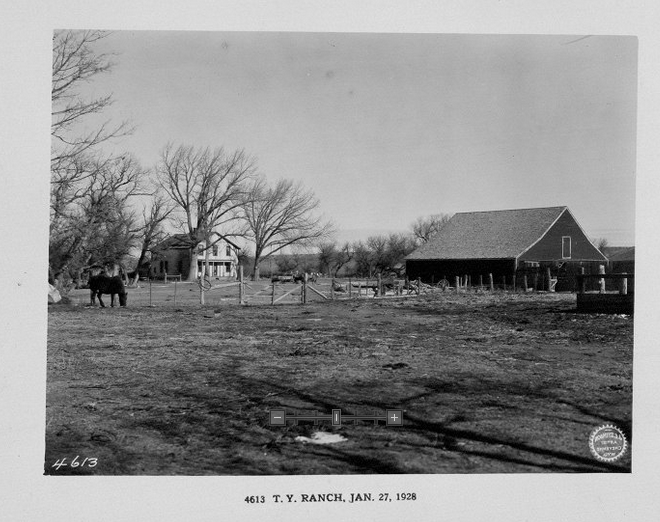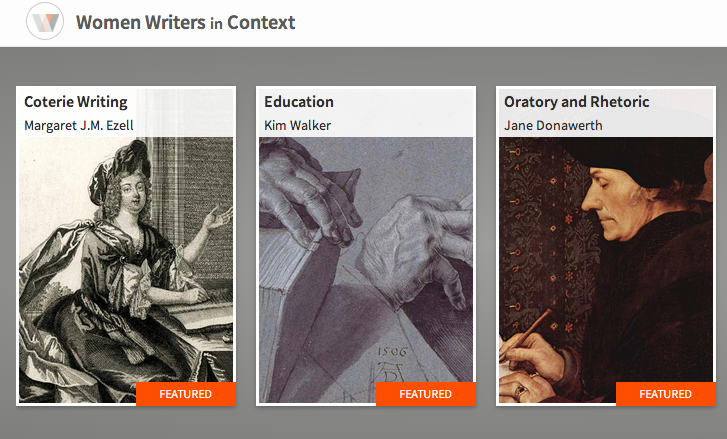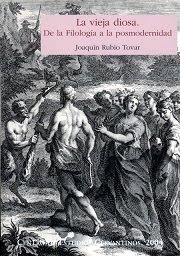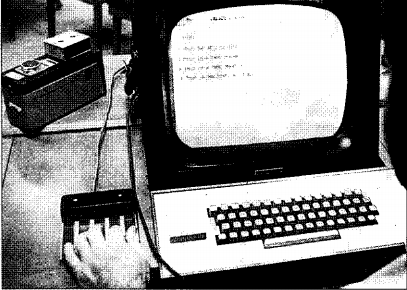
On Arriving at the Digital:
Describing Critical Paths into the Digital Humanities
HASTAC 2014 Lima, Peru, April 27, 2014
This workshop will provide a space to discuss the texts, archives, practices or projects you bring to or blend with the Digital Humanities in order to create a space for critical, reflective and transformative work. We seek to form a collectively-authored bibliography or archive that not only illuminates your own paths into DH for others, but captures the field in a state of transition and formation.
For most, the Digital Humanities, or Digital Studies more broadly, is not a space of origination, but a space of destination – and not one that all have felt immediately ready to enter. Many scholars have only found a way in to the Digital Humanities by bringing their own subjects, critiques, epistemologies or languages to the conversation, augmenting and extending the field. This process has resulted in some of the field’s most vital and growing conversations – namely, those that include critical approaches to race, gender or transnationalism as vital to understanding the intellectual, social and political potentials of digital archives and platforms.
Our workshop is open to all HASTAC conference attendees. We ask only that participants send us ahead of time an example – in any language – of an article, book, archive, or object from “outside” the Digital Humanities that has been important to their experience of the Digital Humanities as a transformative space. In anticipation of the workshop, we’ll compile these examples and share them online. For the workshop, we’ll spend time in small groups comparing these examples, and then gather as a large group for discussion informed by a single text, announced ahead of time, and chosen to capture some of the common issues and dynamics at work among the paths represented in our group.
To participate, please fill out the webform at go.illinois.edu/HastacCFP, and we’ll add your reference to the online repository in anticipation of the event.
As we receive submissions, we’ll list them here.
Who we are:
We are an interdisciplinary group of graduate students and faculty from the University of Illinois who are largely new to the Digital Humanities, but who share a common curiosity and excitement about the potential they offer for enacting institutional change. We’re excited about how Digital Humanities scholarship has made room for analyses of technologies as not only technical but cultural. Our group’s base questions lie less in examinations of DH than in understanding how technologies – in their technical, social, and representational capacities – enact culturally-specific values. We see the Digital Humanities as both a site where such processes take place – through the creation of new technologies and platforms – and as a place where scholars can study such processes together. The Digital Humanities also, importantly, offer us at least an excuse, if not a mandate, for posing alternative, transformative processes and technologies for learning, archiving, collecting, sharing.








